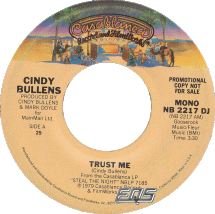 On 26 January, 1980, “Trust Me” by Cindy Bullens peaked at #90.
On 26 January, 1980, “Trust Me” by Cindy Bullens peaked at #90.
Before I can talk about “Trust Me” at any length, I have to talk about Cindy Bullens first. Cindy started as a backup singer; you can hear her on “Don’t Go Breaking My Heart” by Elton John and Kiki Dee and on a few songs from the Grease soundtrack. She had a few albums in the late 70s, had a family, and then put out a few more albums in the 90s and early 2000s, but only ever scored one singe — “Trust Me” — on the Hot 100. Also, in the years leading up to 2102, she became a female-to-male transsexual, and renamed herself Cidny. This makes it hard for me to use pronouns when talking about her, but, given that the song was written, performed, and recorded while Cidny was Cindy, I’m going to use the feminine pronouns when referring to her pre-transition career.
“Trust Me” is a pleasant surprise. I was expecting something vapid like those songs she provided backup vocals for, and maybe at first blush “Trust Me” sounds like that — a standard romping torch song. But the lyrics go a ways past what’s standard for the genre. Its narrator is confronted with a suspicious lover, and sure she asserts her loyalty to him (or her, I guess) as we expect: “I wouldn’t hurt you if my life depended on it,” and so on. But she also addresses the lover’s insecurities, pointing out that he (or she) “got wounded in the war of hearts” and that Cindy’s there to care. This song isn’t just heartfelt and earnest; it also looks into the feelings of someone other than the singer herself, which is something too few popular songs do. Even Elton and Kiki can’t stop talking about themselves in “Don’t Go Breaking My Heart” enough to talk about what the other feels. Great art is supposed to make us think new ideas, feel new feelings, and, presumably, build empathy. A song like “Trust Me” goes further in doing that, and that’s refreshing.


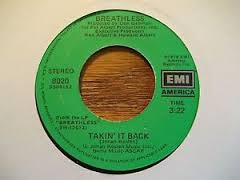
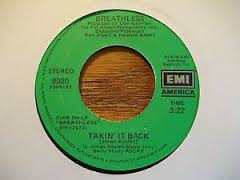 On 26 January, 1980, “
On 26 January, 1980, “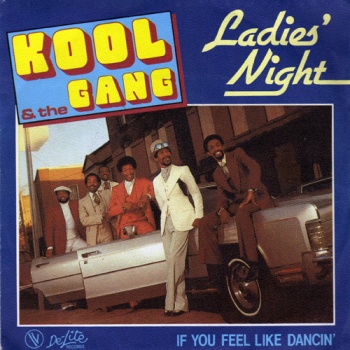
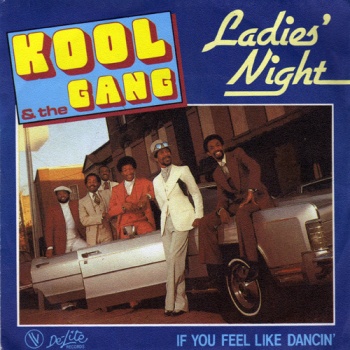 On 19 January, 1980, “
On 19 January, 1980, “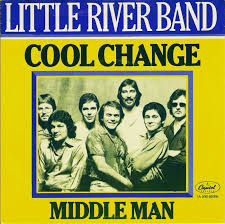
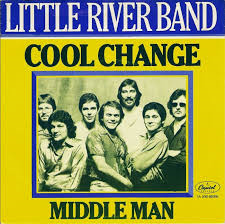 On 19 January, 1980, “
On 19 January, 1980, “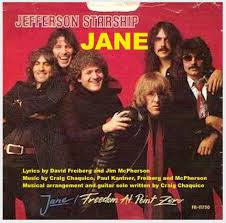
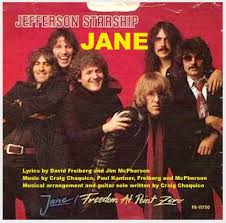 On 19 January, 1980, “
On 19 January, 1980, “
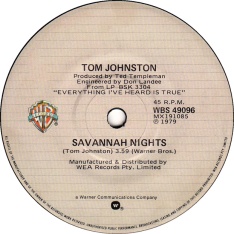 On 19 January, 1980, “
On 19 January, 1980, “
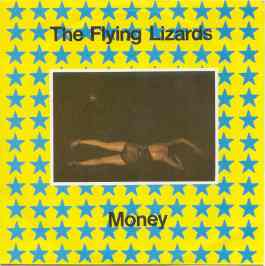 On 19 January, 1980, “
On 19 January, 1980, “
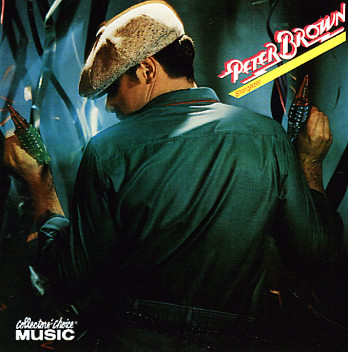 On 19 January, 1980, “
On 19 January, 1980, “
 On 19 January, 1980, “
On 19 January, 1980, “
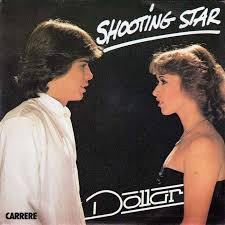 On 19 January, 1980, “
On 19 January, 1980, “